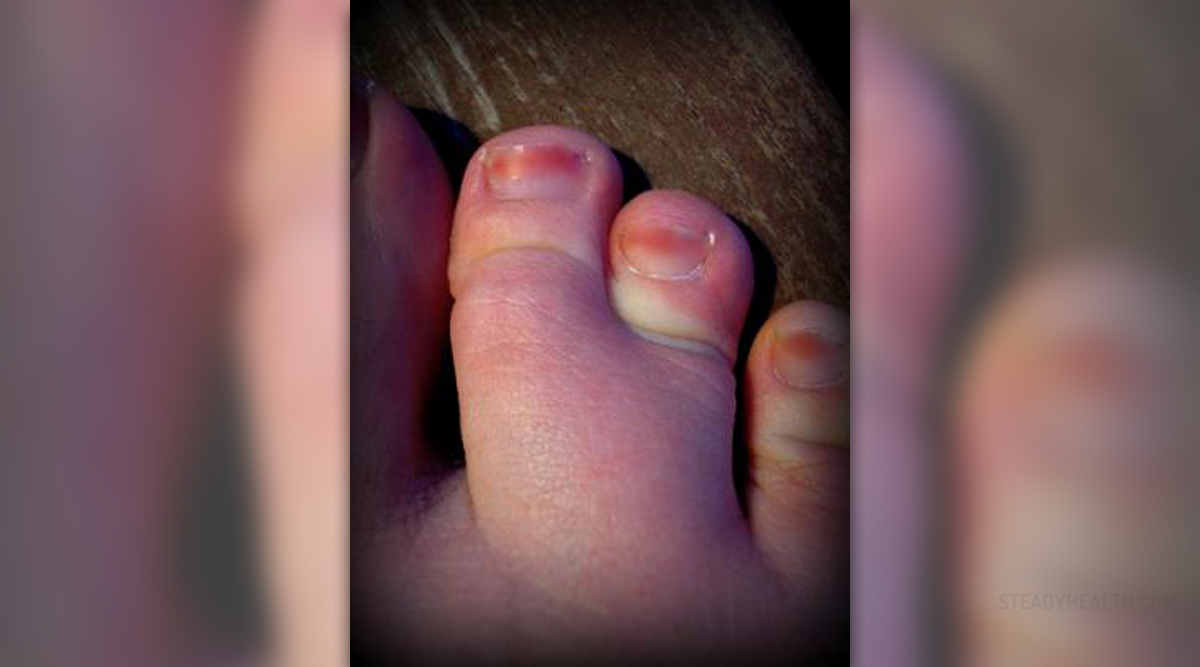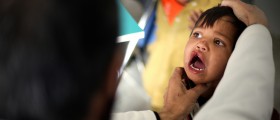
Fusion of Fingers or Toes
Syndactyly is a condition where aperson has two or more fingers or toes fused together. Based on thedegree of the fusion, there are more types of this condition. Theleast complicated is when toes or fingers are connected only withadditional portion of skin. Furthermore, they can be completelyconnected with their halves or their wholes. The most extreme casesinvolve syndactyly with fingers connected with bones and nails.However, radical this condition may seem, it does not act as anobstruction of any kind nor does it cause any difficulties. A personmay run, walk, do sports, or get involved in all the activities otherpeople do, without either advantages or disadvantages of any sort.
Causes of Syndactyly
This condition is caused independentlyin most cases. However, sometimes it may be connected to certainmedical conditions. Regardless, most of the cases of syndactyly takeplace due to some disorders in the womb. Sometimes, protein imbalancemay cause the infants fingers to be webbed together. Presence oftoxins or any other unnatural elements or conditions may have thiscondition as their result. Finally, genetics may play an importantrole, since one is able to inherit this condition due to certainflaws in the genetic code. It does not depend on the sex of eitherthe parent or the child, and, if a parent has syndactyly, there are50% chances that the child will have it too.
The Genetic Issue
Genetic studies have shown that thiscondition can be caused by certain faults in chromosomes related toour development and formation while being fetuses. Also, in mostcases, syndactyly involves either the second and the third toe or thethird and the forth, making the whole genetic process moreexplainable. Namely, mutations in certain chromosomes cause this tohappen. These chromosomes, as mentioned above, are in charge ofcorrect body formation, concerning limb position and development,etc. Therefore, chromosomes containing some minor mutations, causesyndactyly and, based on the mutation, there are different degrees ofthis condition as well.
All in all, people with syndactylyshould not feel bad about themselves, since this is merely a uniquetrait of theirs. This condition does not make them less capable thanany other people, but, most certainly, it makes them moreinteresting. Finally, all the people with syndactyly may be happy toknow that Hollywood has a decent share of their “brothers in toes.” Namely, Ashton Kutcher and Dan Aykroyd live proud of theirsyndactyly.

















Your thoughts on this
Loading...